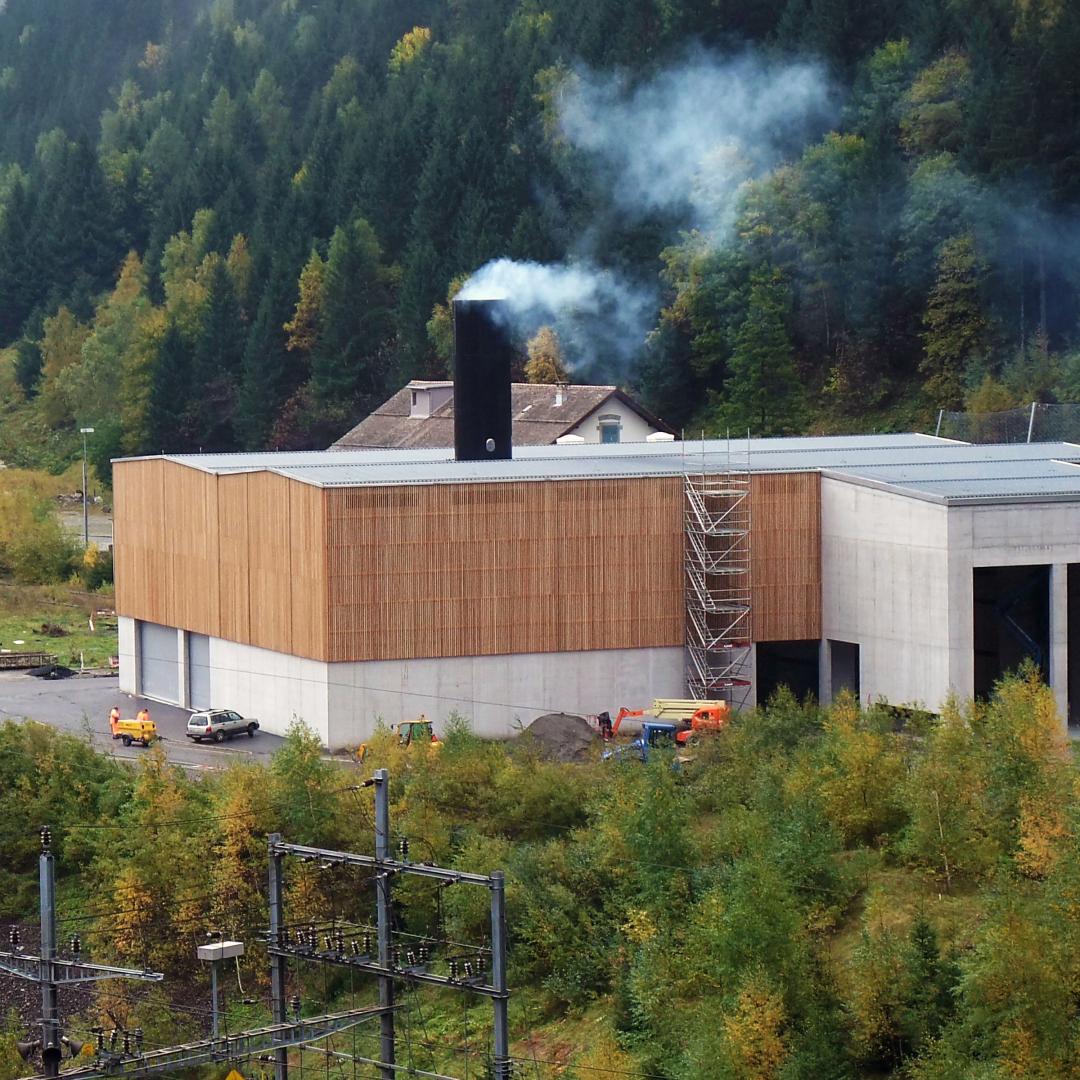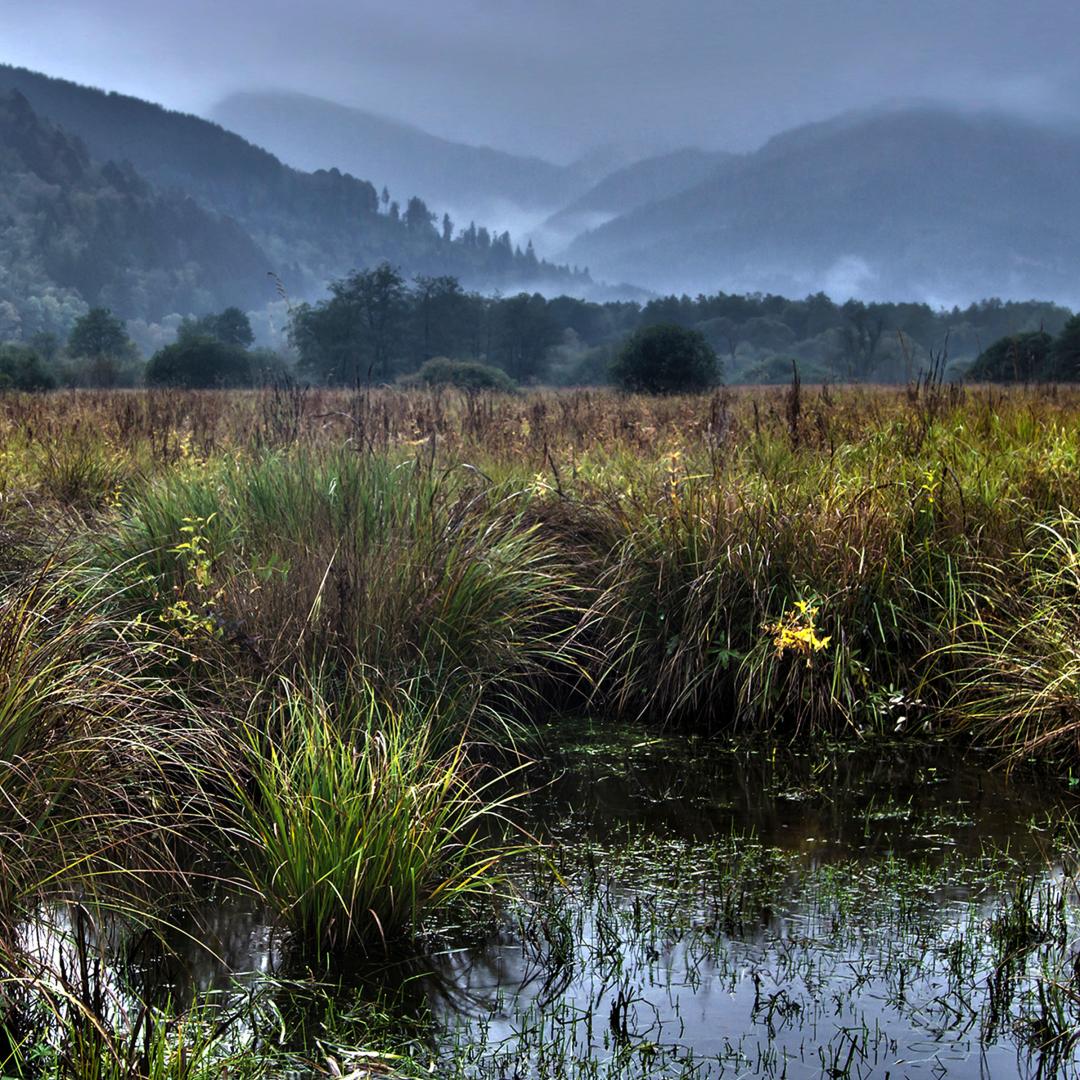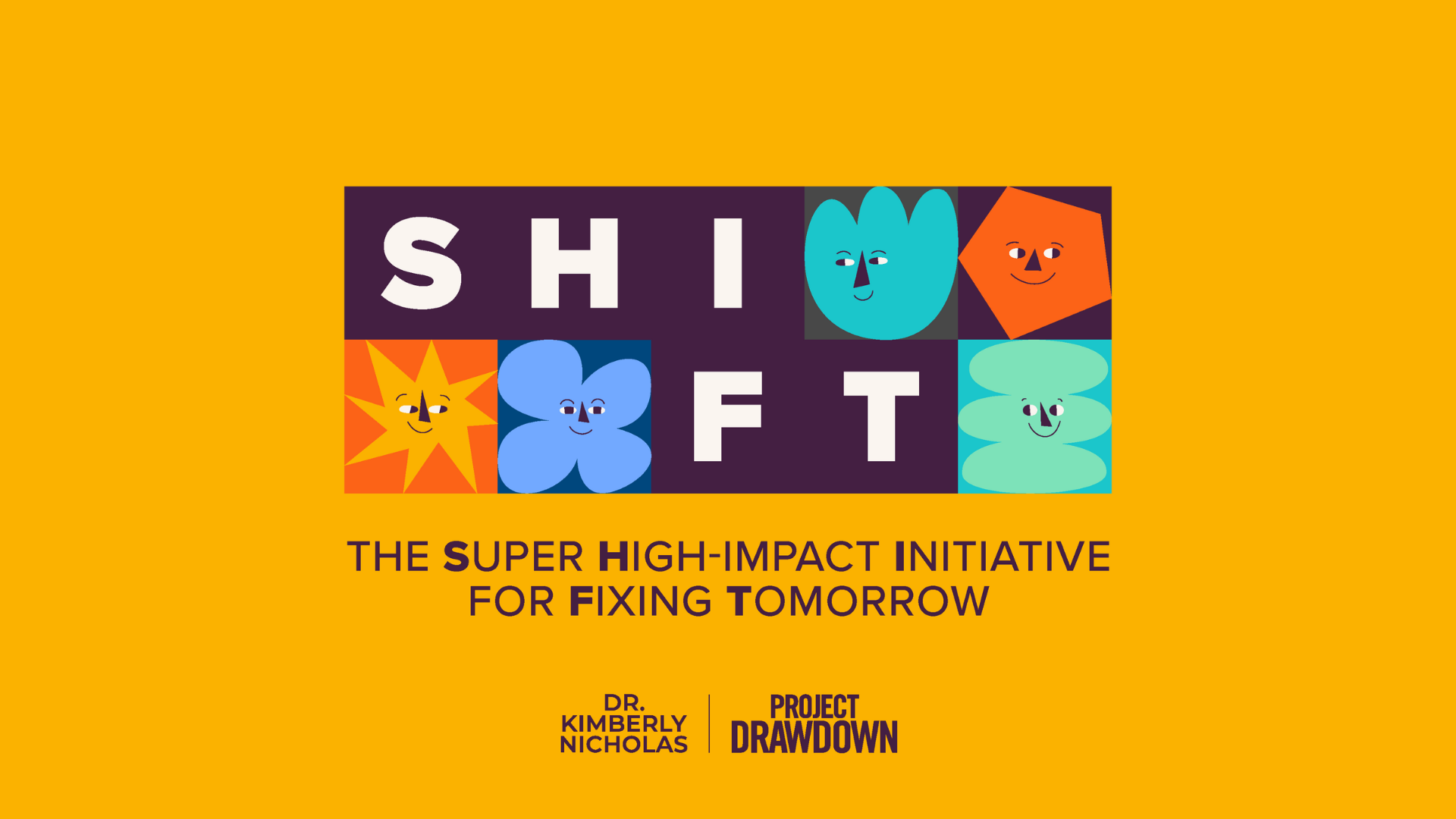“If you’ve ever asked yourself, ‘What can I personally do to stop climate change?’ this is the guide you’ve been looking for,” Nicholas says. “By sharing some basic information about who you are, SHIFT can help you identify evidence-based actions you can take today that not only reduce climate pollution, but lead to the high-impact, systemic changes necessary for a better, brighter future.”
Combining Nicholas’ pioneering work on individual climate action and Project Drawdown’s deep expertise on climate solutions, SHIFT is built around five distinct but interconnected “climate superpowers”: citizen, professional, investor, consumer, and role model. These roles reflect the different spheres of influence many people occupy in their daily lives.
Whether advocating for policy, shifting workplace practices, aligning investments with climate-positive outcomes, changing how we travel, or building climate community and inspiring others, individuals can use the guide to identify the highest-leverage actions they can take. Each superpower is grounded in peer-reviewed research and supported by practical, actionable recommendations tailored to your individual conditions.
“When people search for what they can personally do about climate change, they’re all too often directed to clickbait or top ten lists based on global averages,” says Project Drawdown Executive Director Jonathan Foley, Ph.D. “But there is no one-size-fits-all approach to individual climate action. SHIFT is a step change in personalized guidance for climate actions that actually make a difference.”
More than a checklist, SHIFT invites a change in mindset. Rather than prescribing generic behavior changes, the guide emphasizes agency, impact, and alignment with larger systems change. By connecting personal action with structural change, SHIFT helps people recognize that their choices, voices, and votes matter – not in isolation, but as part of a broad movement toward a fair and thriving world.
To register for Nicholas's Drawdown Ignite webinar, Individual Climate Action with Impact: Five Climate Superpowers to SHIFT the System, on September 17 at 1:00 p.m. ET, go here.
To learn more and #MakeSHIFTHappen, go to jointheshift.earth
Press Contact
Skylar Knight, skylar.knight@drawdown.org
Interviews available upon request
About Kimberly Nicholas, Ph.D.
Kimberly Nicholas, Ph.D., is a climate and sustainability scientist at Lund University in Sweden. She has published over 55 articles on climate and sustainability in leading peer-reviewed journals; writes for publications such as Elle, The Guardian, Scientific American, and New Scientist; and is the author of Under the Sky We Make: How to be Human in a Warming World, and the monthly climate newsletter We Can Fix It. Born and raised on her family’s vineyard in Sonoma, California, she studied the effect of climate change on the California wine industry for her Ph.D. in Environment and Resources at Stanford University.
About Project Drawdown
Project Drawdown is the world’s leading guide to science-based climate solutions. By advancing our understanding of climate solutions, fostering bold climate leadership, and promoting new narratives and voices, we are helping the world stop climate change as quickly, safely, and equitably as possible. A 501(c)(3) nonprofit organization, Project Drawdown is funded by individual and institutional donations.



